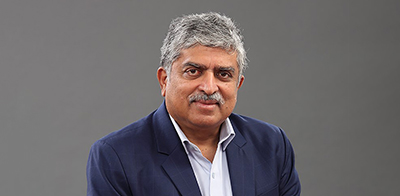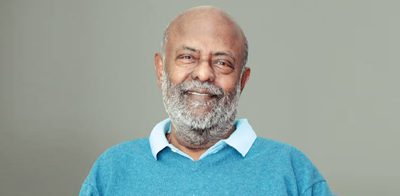British Indian business magnate Swraj Paul has achieved global recognition for Caparo Group, which he established in 1968. Renowned for his philanthropy, he also served as an advisor to late Queen Elizabeth II as member of the Privy Council holding the formal title ‘the right honourable Lord Swraj Paul of Marylebone, PC’.
As one of his numerous philanthropic activities, in 2020 Paul donated $5 million to his alma mater Massachusetts Institute of Technology’s Kresge Auditorium – a landmark at the prestigious university that serves as a venue for community and cultural activities.
Reflecting on his days at MIT, he said, “My time at MIT provided me with an exceptional education, and I am deeply grateful for it.”
Owing to his contribution Kresge Auditorium was named after him and his late son, Angad Paul. On the occasion he shared, “I hold a profound respect for MIT as a global centre of technical excellence. My family’s connection with MIT holds great significance, and I am honoured to support its enduring values through this iconic structure.”
MIT means a lot to Paul’s family. It is also the alma mater of his two sons as well as his nephew and niece.
Centre of growth
Swraj Paul Auditorium has been serving as a prominent venue for various events, from student presentations to performances by musical groups such as the MIT Symphony Orchestra.
“Education, when shared, expands one’s capacities,” Paul said adding. “MIT’s commitment to infusing education with the principles of public service is commendable and aligns with my own beliefs.”

MIT by chance
Born in Jullundur, Punjab Province (British India) in 1931, Swaraj Paul never thought of studying abroad. His father ran a small foundry which made steel buckets and farming equipment.
Coincidentally, the head of his school happened to be married to the sister of Karl Taylor Compton, the former president of MIT from 1930 to 1948. Recalling the encounter, he remembered her asking, “What are your plans for the future?” He disclosed his aspiration to join his family’s foundry business and study engineering in India. However, she insisted, “No, you must attend MIT.”
After acceptance of his candidature at MIT, he was convinced that his family would consider him ‘eccentric’ for contemplating leaving India. “I was merely 18, and coming from a staunchly traditional background—followers of Mahatma Gandhi deeply involved in India’s freedom movement—none had ventured overseas for studies.” Contrary to his belief, they all encouraged him to pursue MIT, particularly his eldest brother Stya, who shared a passion for education and later established multiple higher learning institutions in India.
The rest as they say is history…
Also Read: Philanthropist Ramesh Bhutada Donates $1 Million to Hindu University of America



